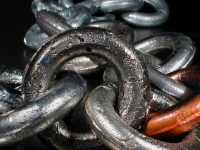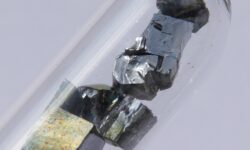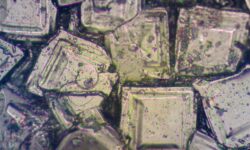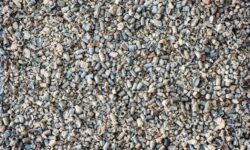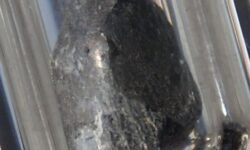Sources of Iron
Iron is commonly expected to be found in samples as a wear metal, as it is the foundation element in all forms of steel, which is by far the most prevalent material in lubricated machines. It will often correlate with other metals like chromium, titanium, molybdenum, and vanadium; if the correlation remains proportional as levels increase it suggests these metals are alloyed, but if the other metals increase disproportionally then this suggests coated steel parts.
In gear and plain bearing applications, the steel parts are expected to wear at a slower rate than the mating gear or bearing, so it would be expected to see a greater increase in copper, tin, and lead than iron. When iron is increasing at a faster rate than other metals the culprit may be corrosion, which can be confirmed by elevated water content and/or a corresponding increase in Acid Number.
Iron can also appear as a contaminant; when granular clay oil absorbent (kitty litter) is used near a machine, the dust it creates can be breathed into the system and will appear as an increase in iron, calcium, and magnesium. This dust is very abrasive and may lead to increased wear.
Watch for the next article in the Elemental Spectroscopy blog series: Copper


